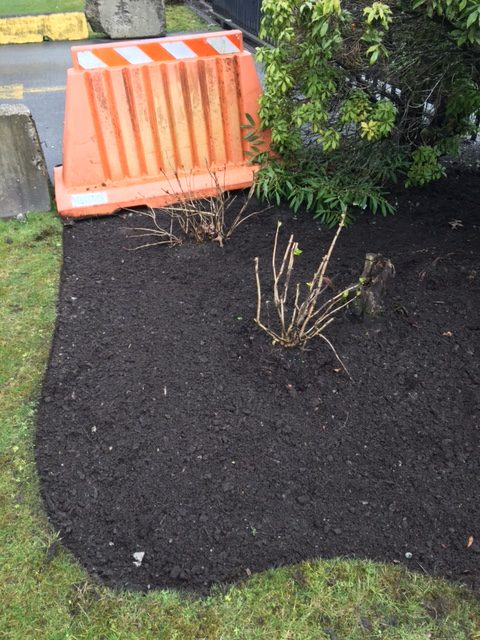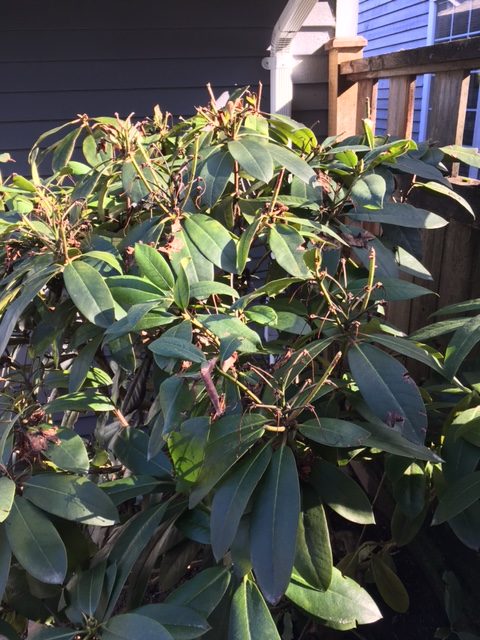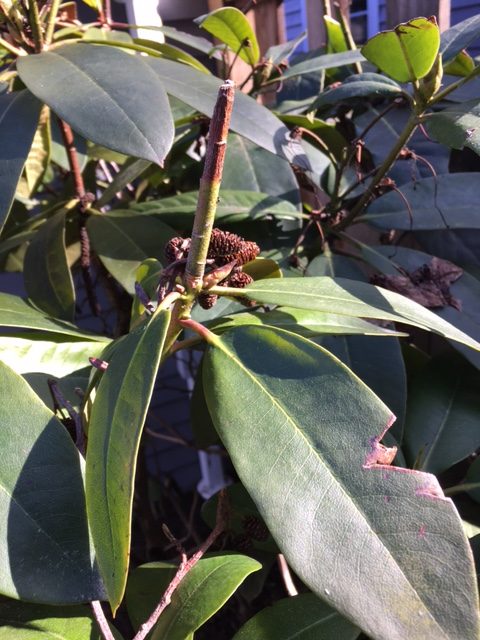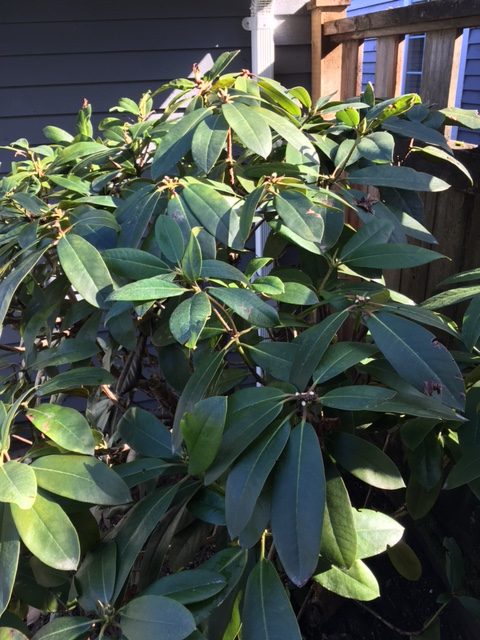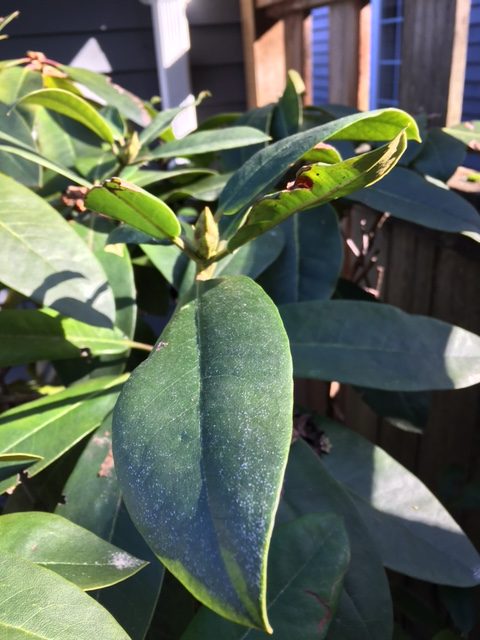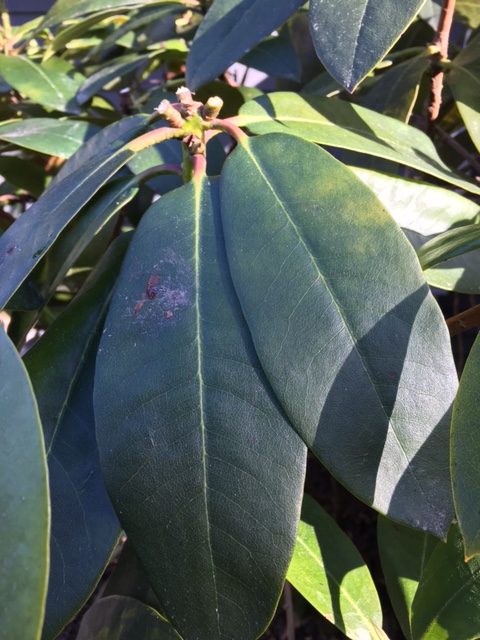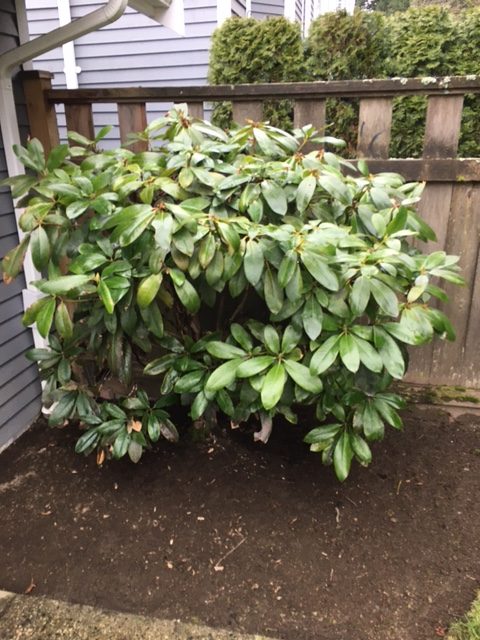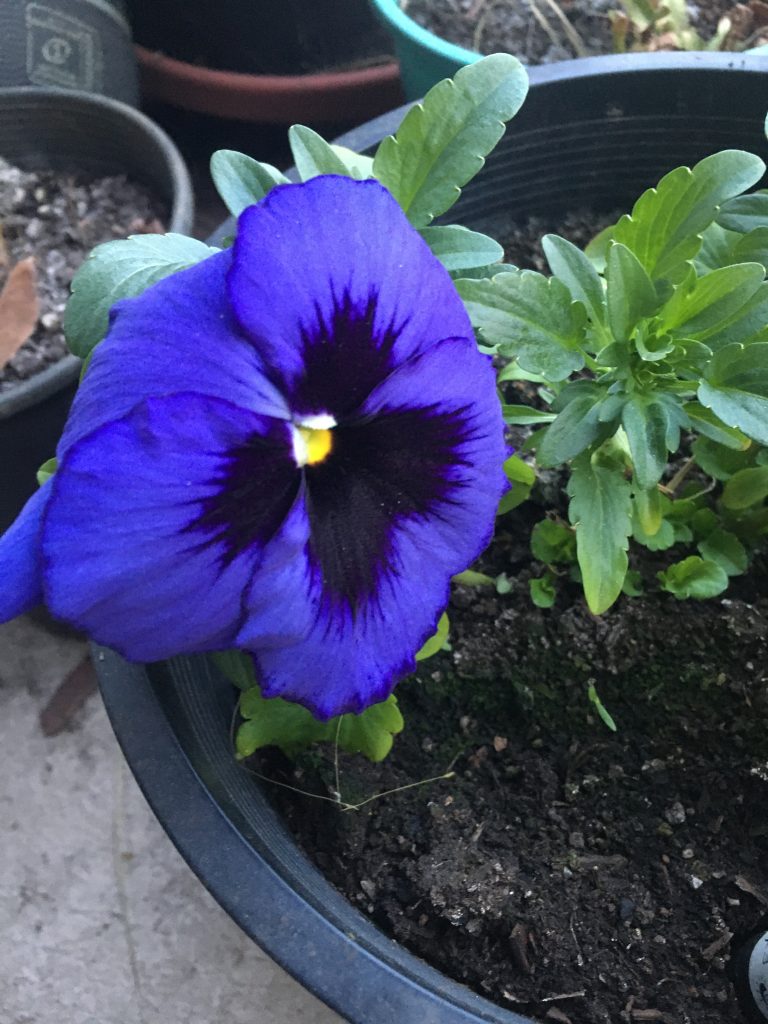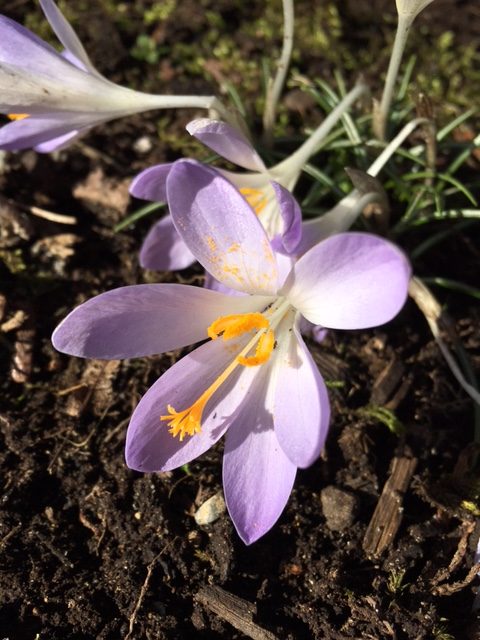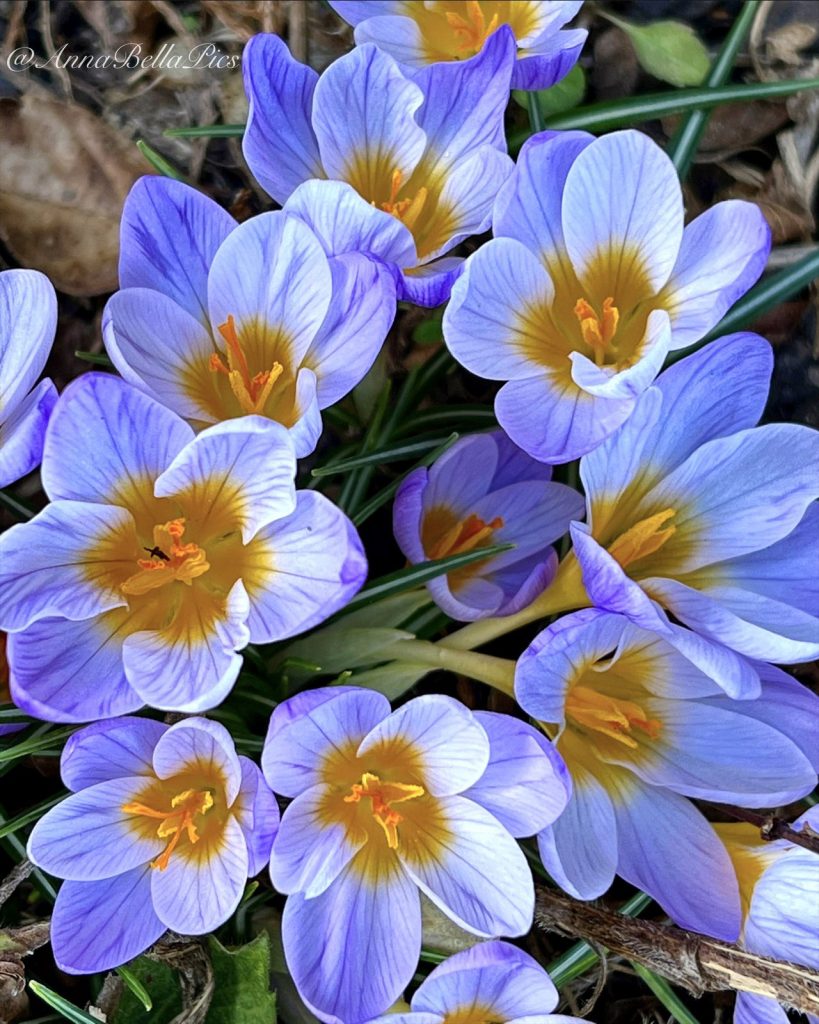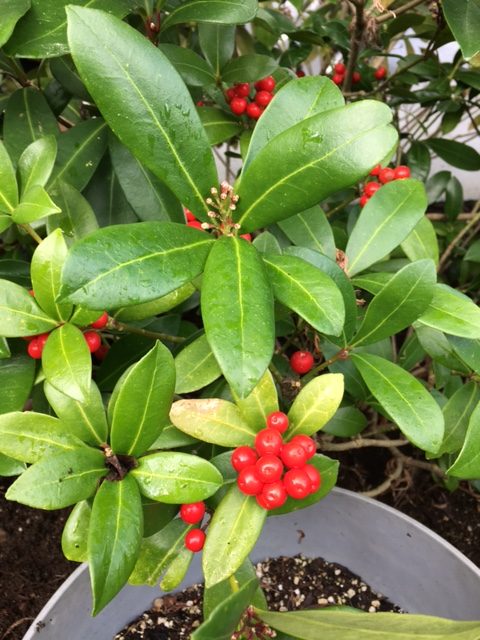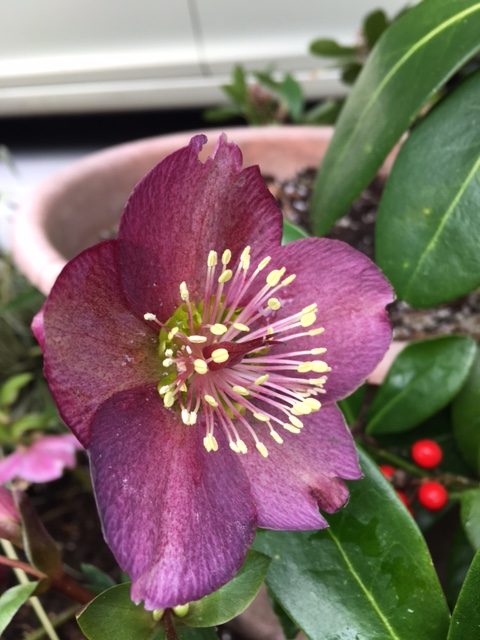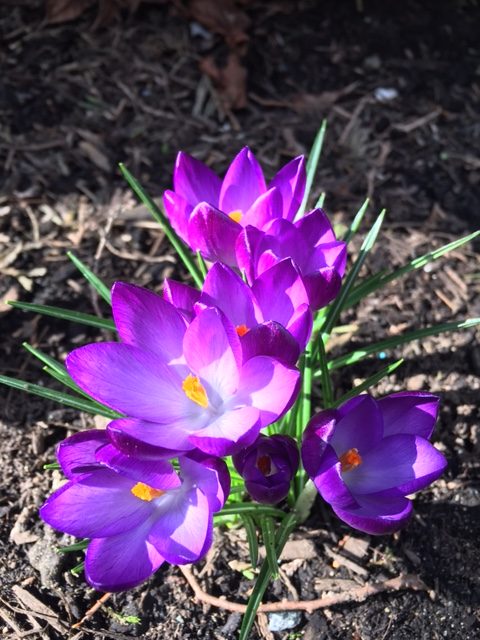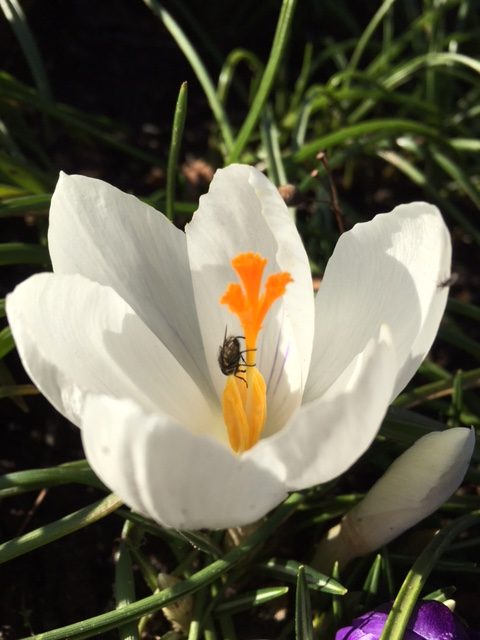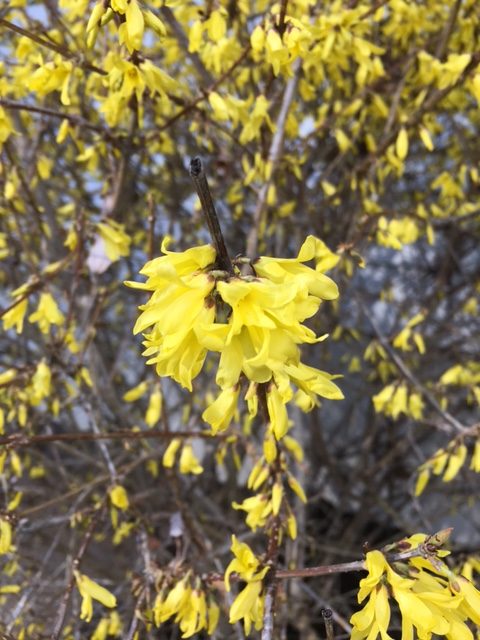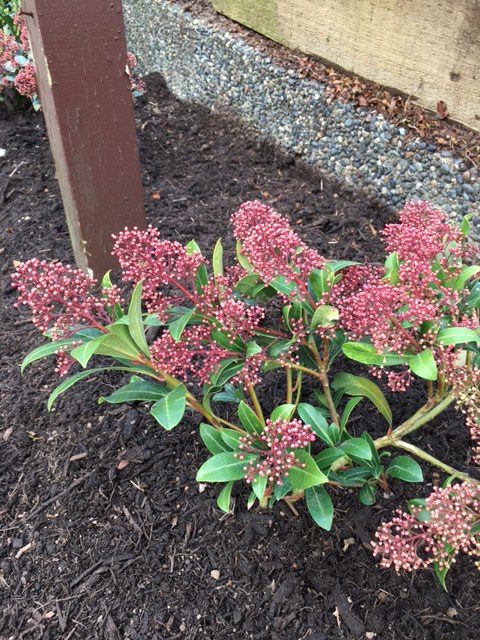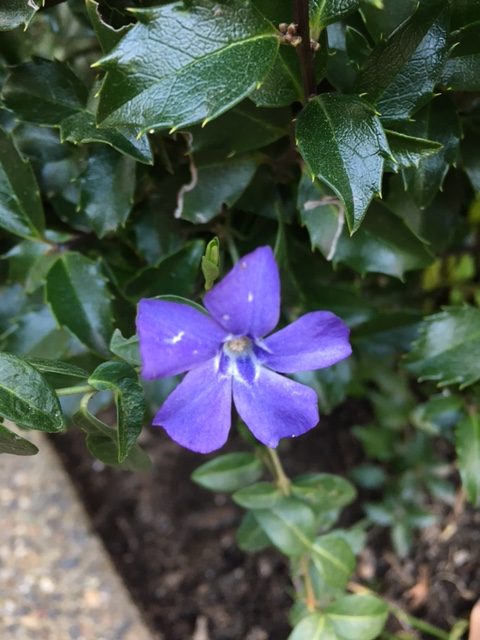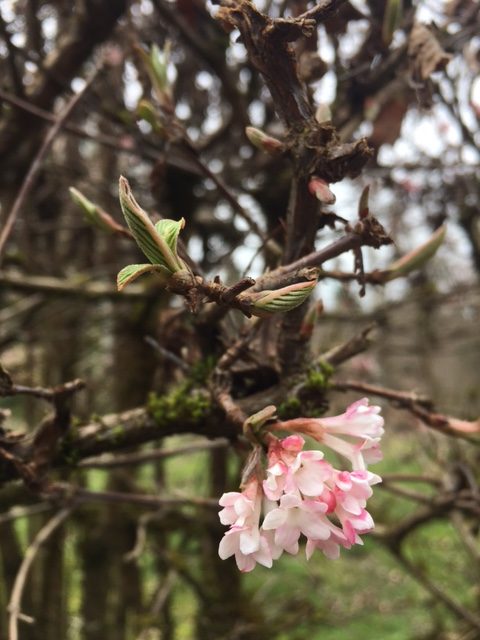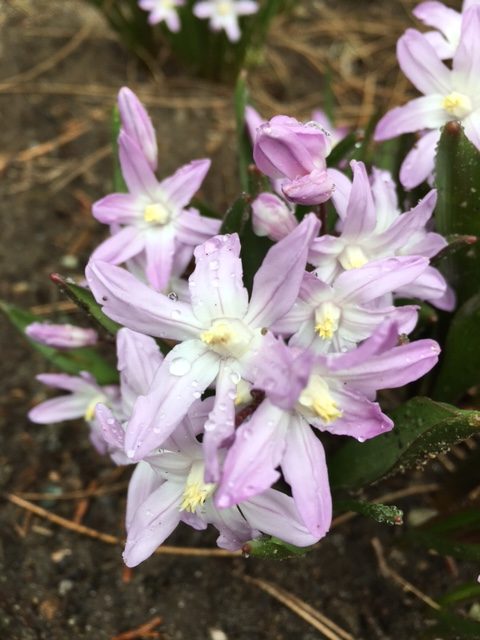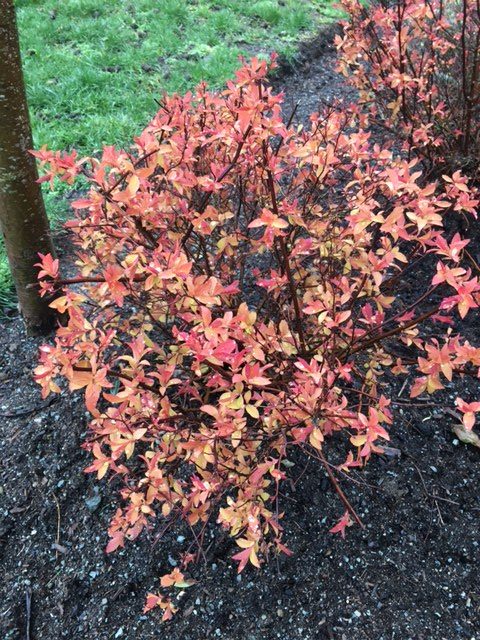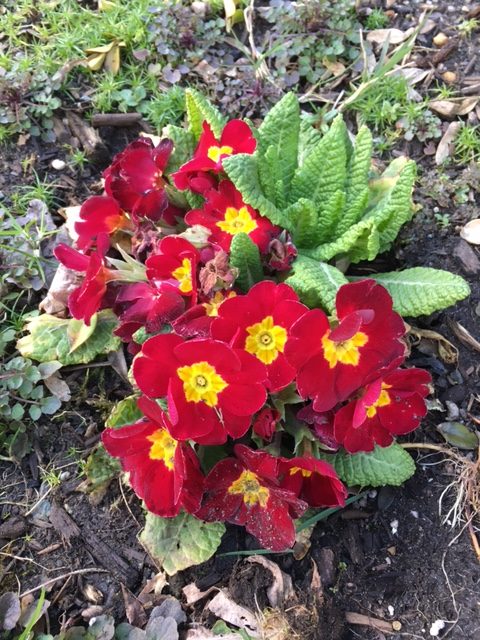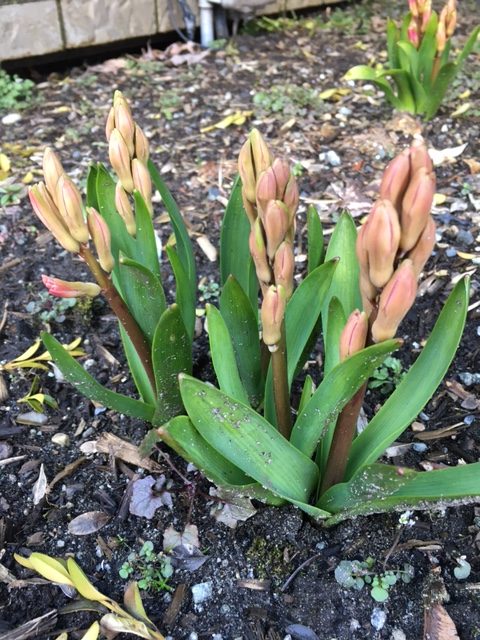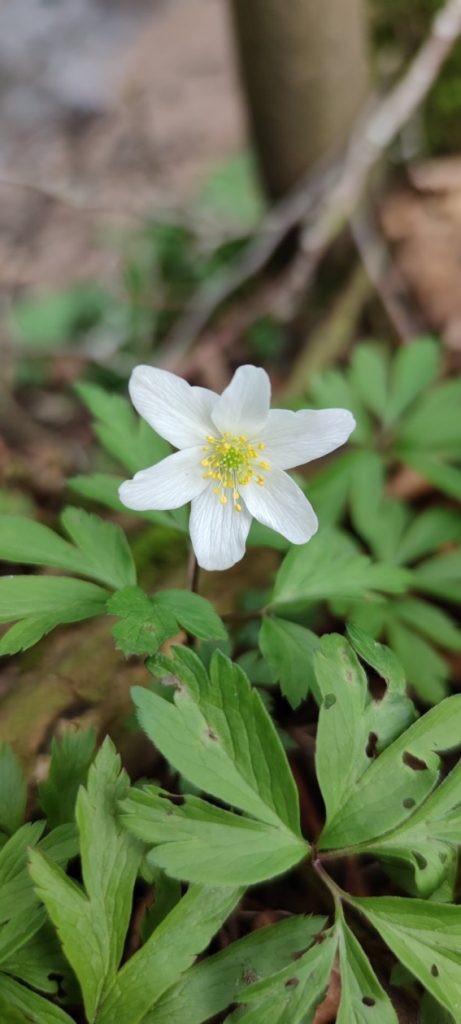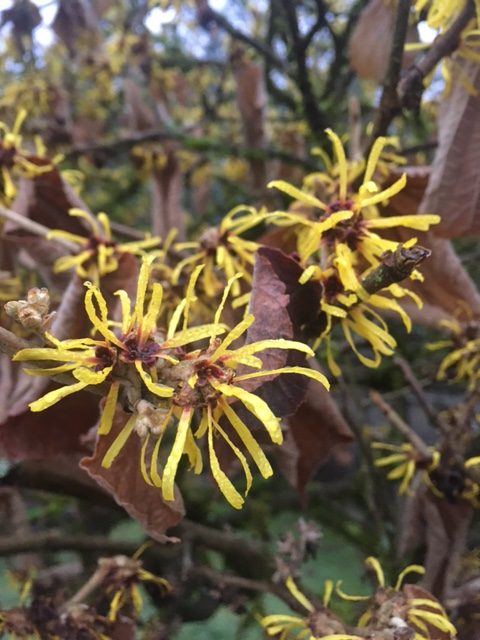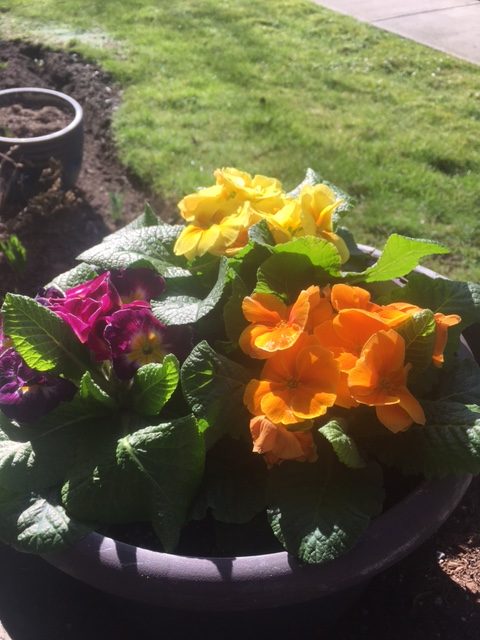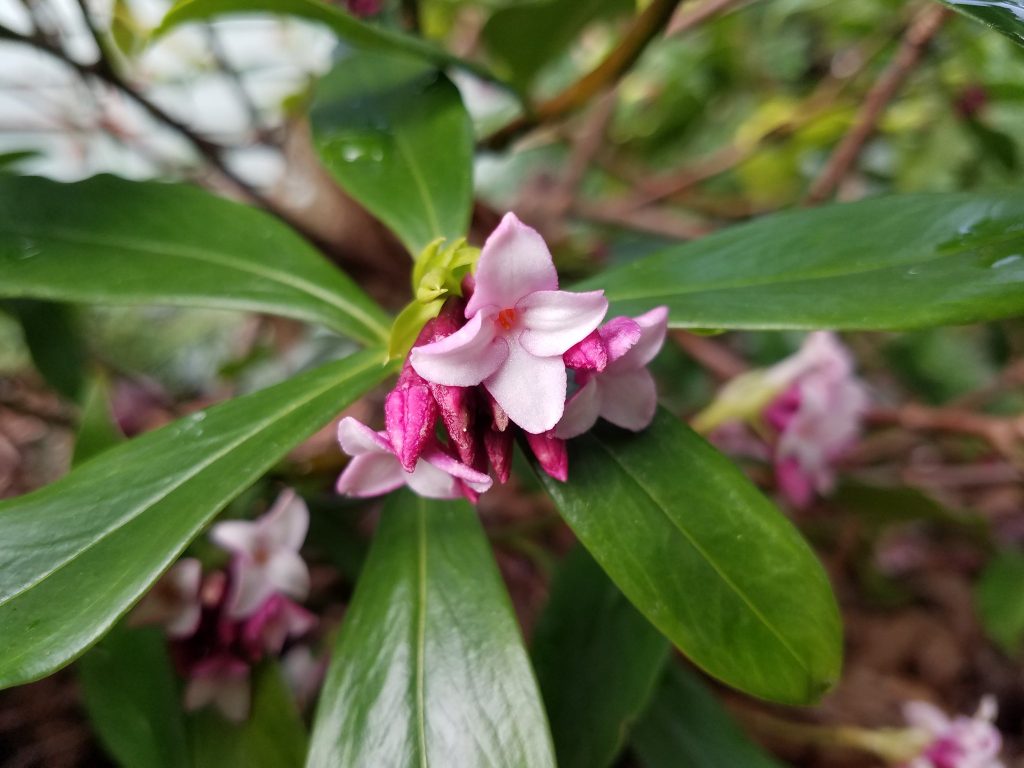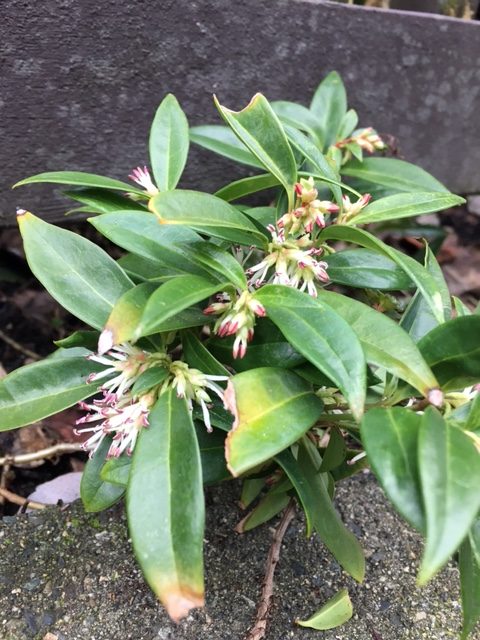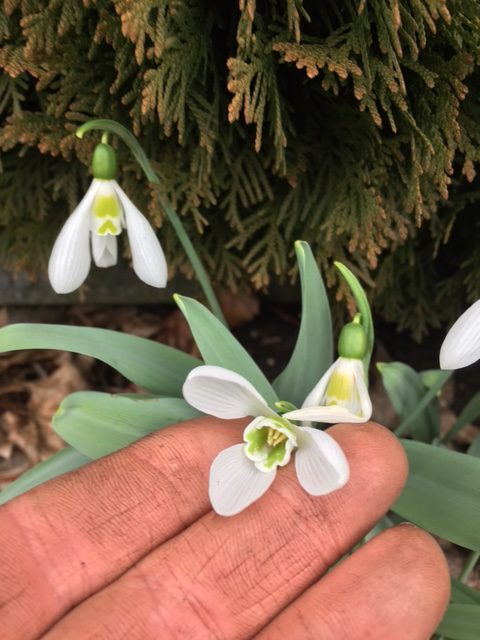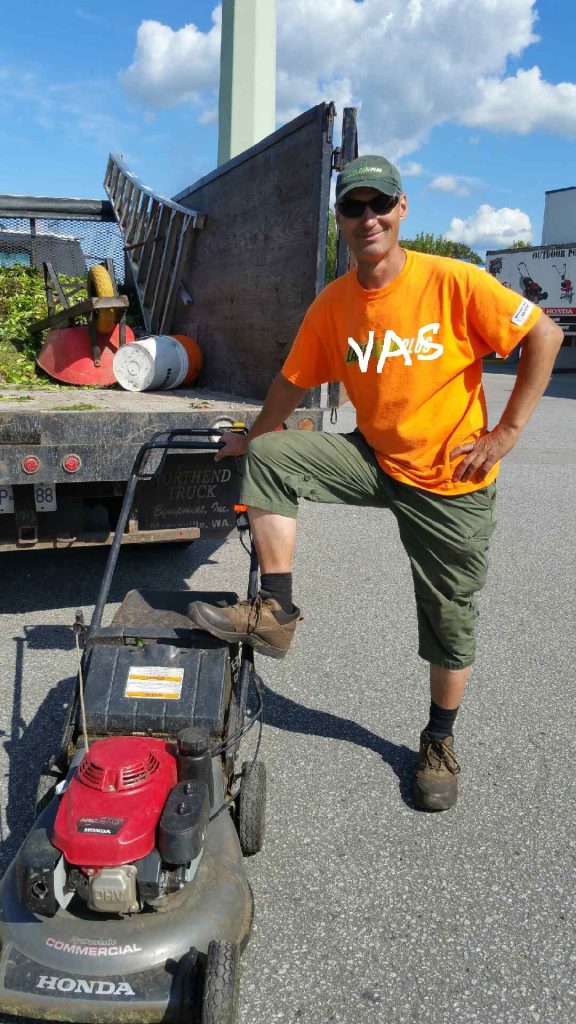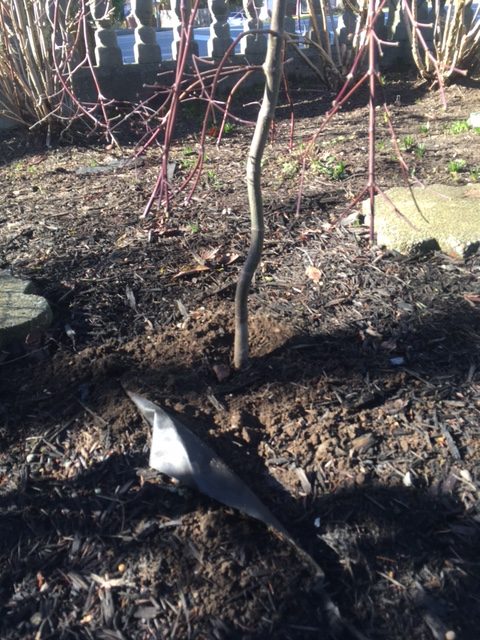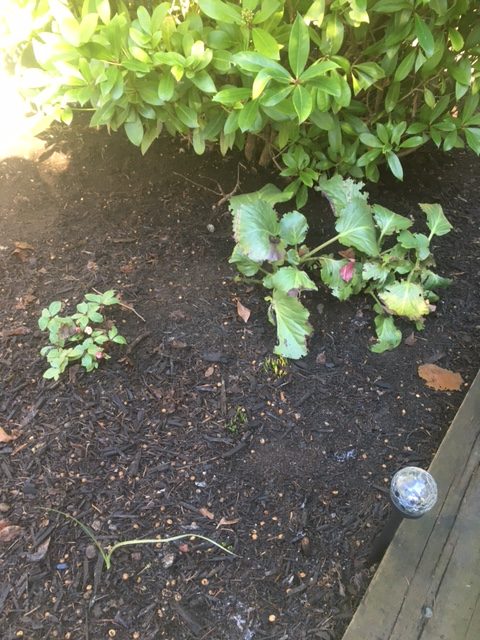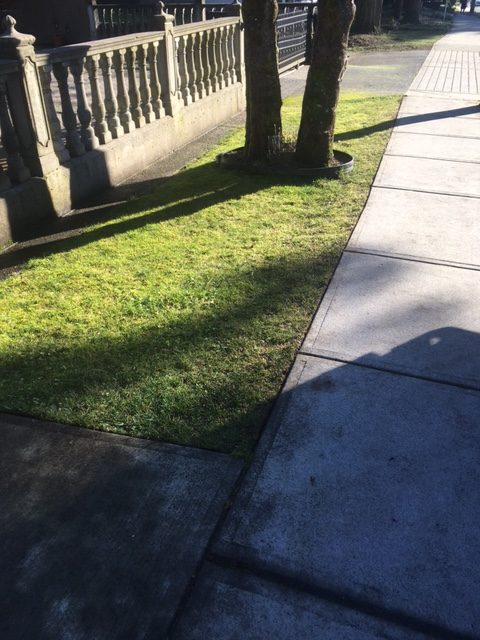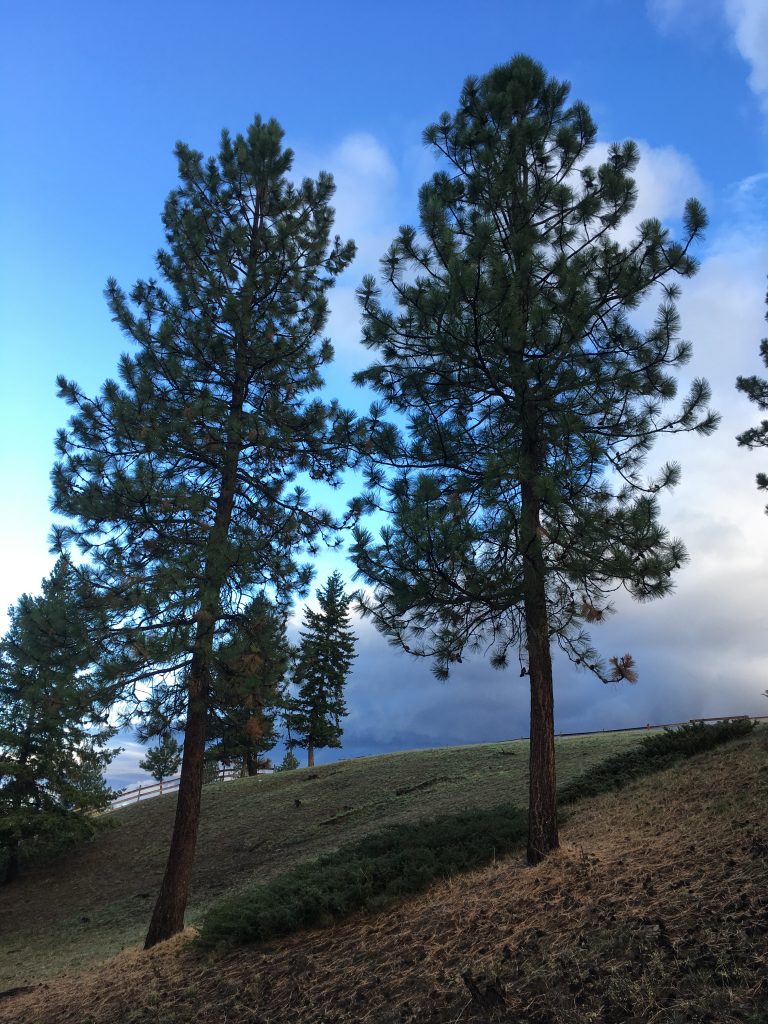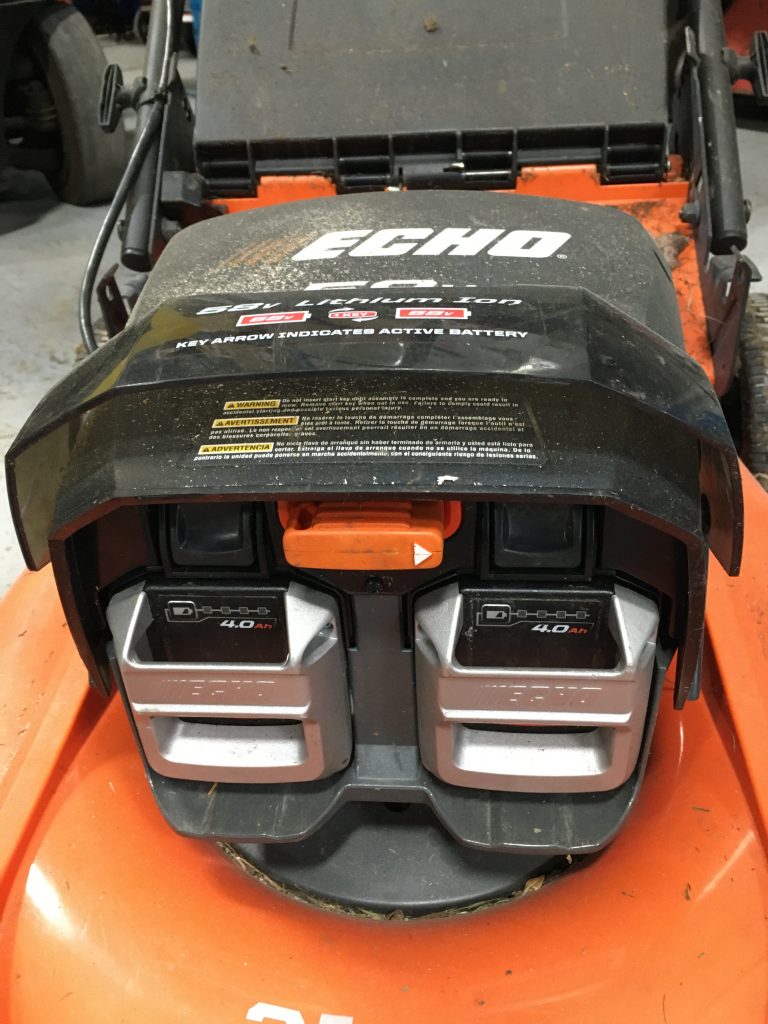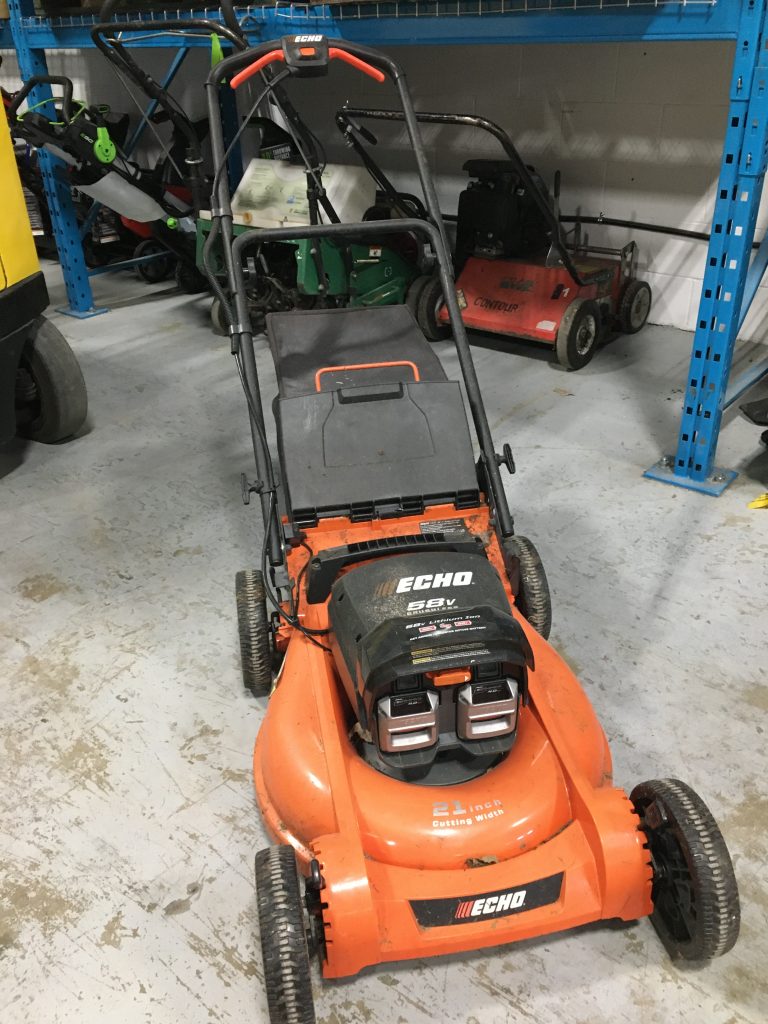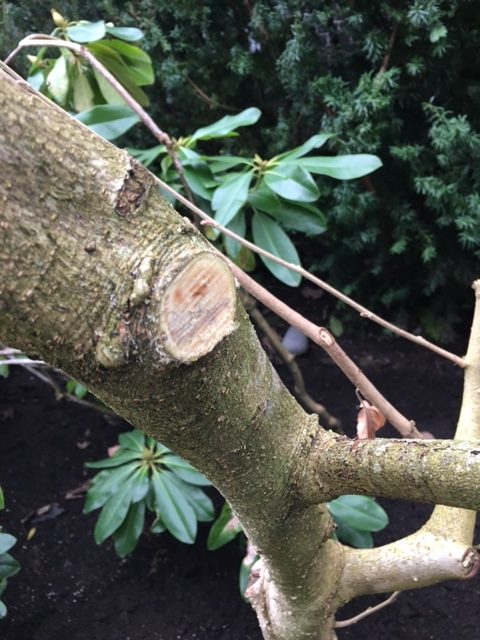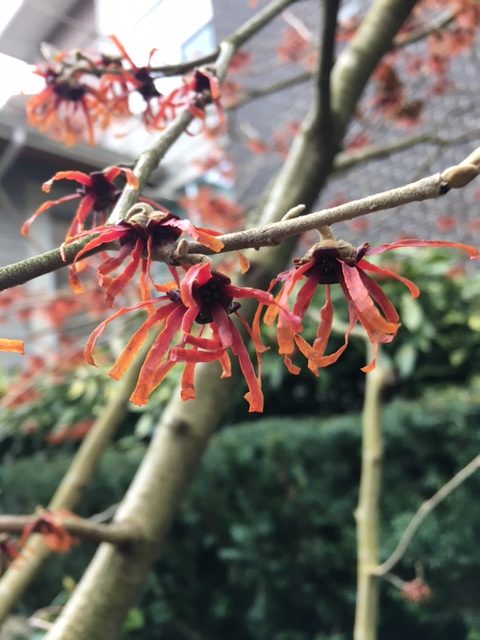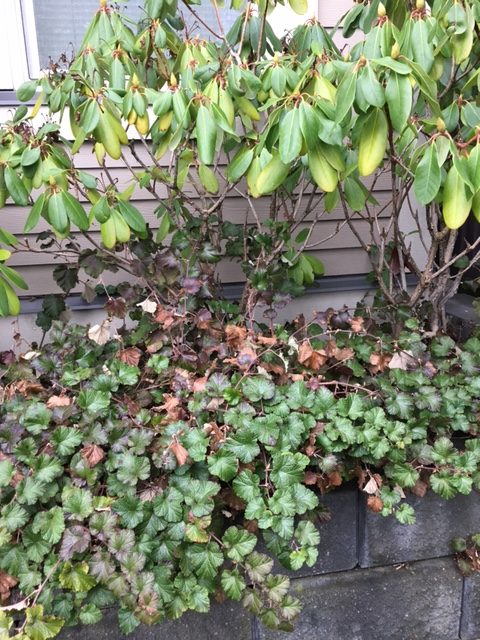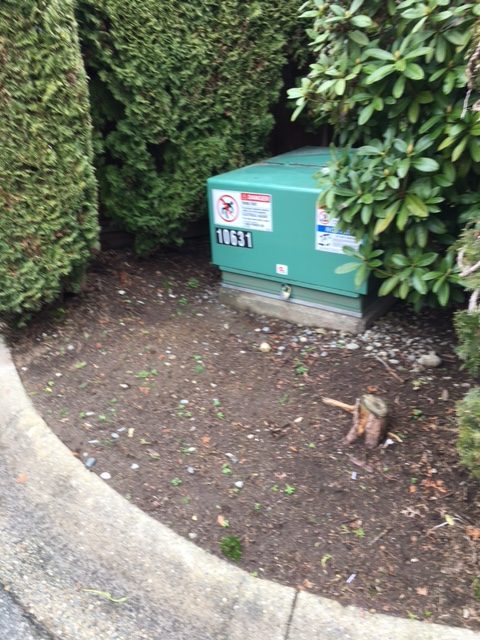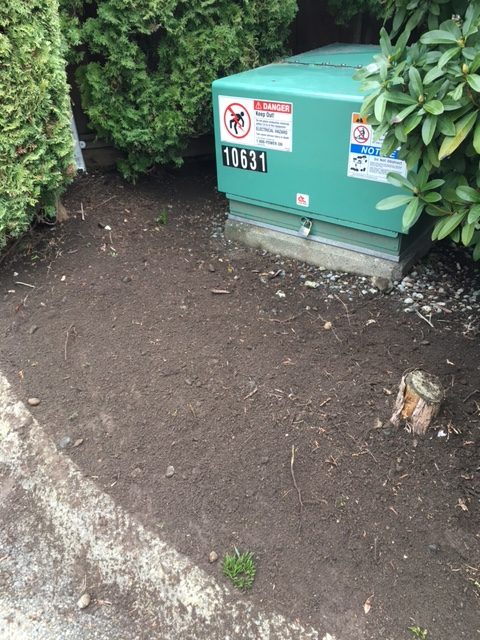A rare slip
I always try to post normal, family-friendly stuff online. Especially on the Proper Landscaping website. I’m more like a permanent guest blogger here and this is family-friendly place. Unfortunately, last week I slipped. Luckily, it wasn’t a post on this blog, and I had no idea for a while.
While scrolling through my older posts, I noticed one about Ginkgo trees that was flagged and removed by Google. Presumably by a strict algorithm. What? I admit I was a bit surprised.
But first, take a look to see if you find it offensive.
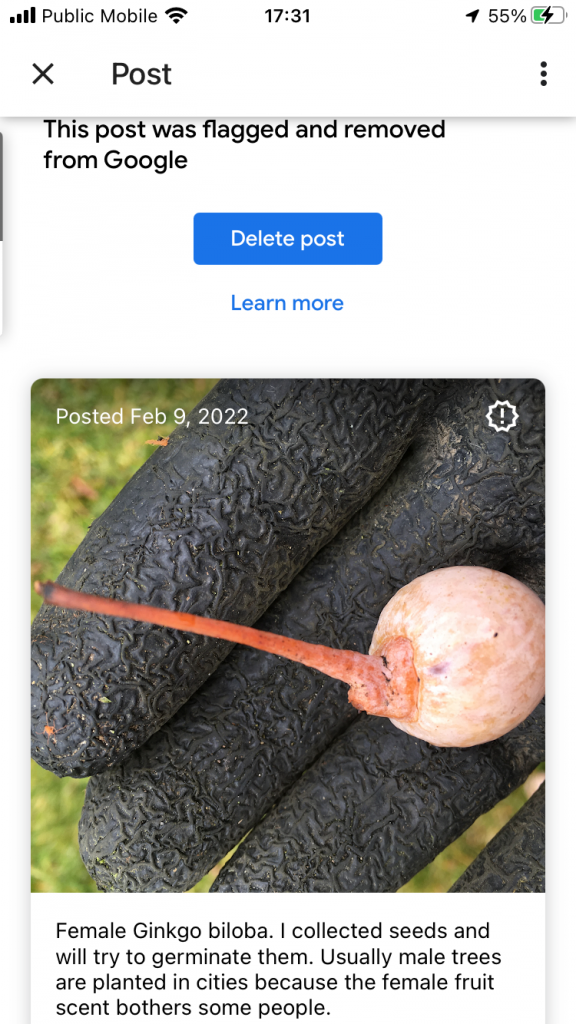
Now, the botanical facts are, to my knowledge, completely accurate. The female Ginkgo fruits produce a strong odour. You can Google the scent description; I have no idea how to describe it. It’s not pleasant but it’s hardly overwhelming.
I’ve used the fruits in several pranks and to date I don’t recall any hospitalizations. Just hate mail through WhatsApp.
The specimen where I collected the fruits and seeds sits on a private property and the landscape architect deserves credit for fearlessness. Google algorithms are much stronger today.
Male Ginkgo trees dominate on city streets for a good reason. Imagine city sidewalks covered in fruits that produce an unpleasant odour. The seeds themselves are big enough to send senior citizens to hospital with bone fractures.
Careful!
You’ve been warned. Watch the way you word your online posts because Google algorithms are merciless. My Ginkgo post got flagged and removed for comparing females unfavourably to males. I am no misogynist; I was comparing male and females trees. And I stand by my removed post. There was nothing malicious about it.
A machine algorithm doesn’t know that. And one day it might take revenge on me when I get into a self-driving car on my way to a tree lecture.


